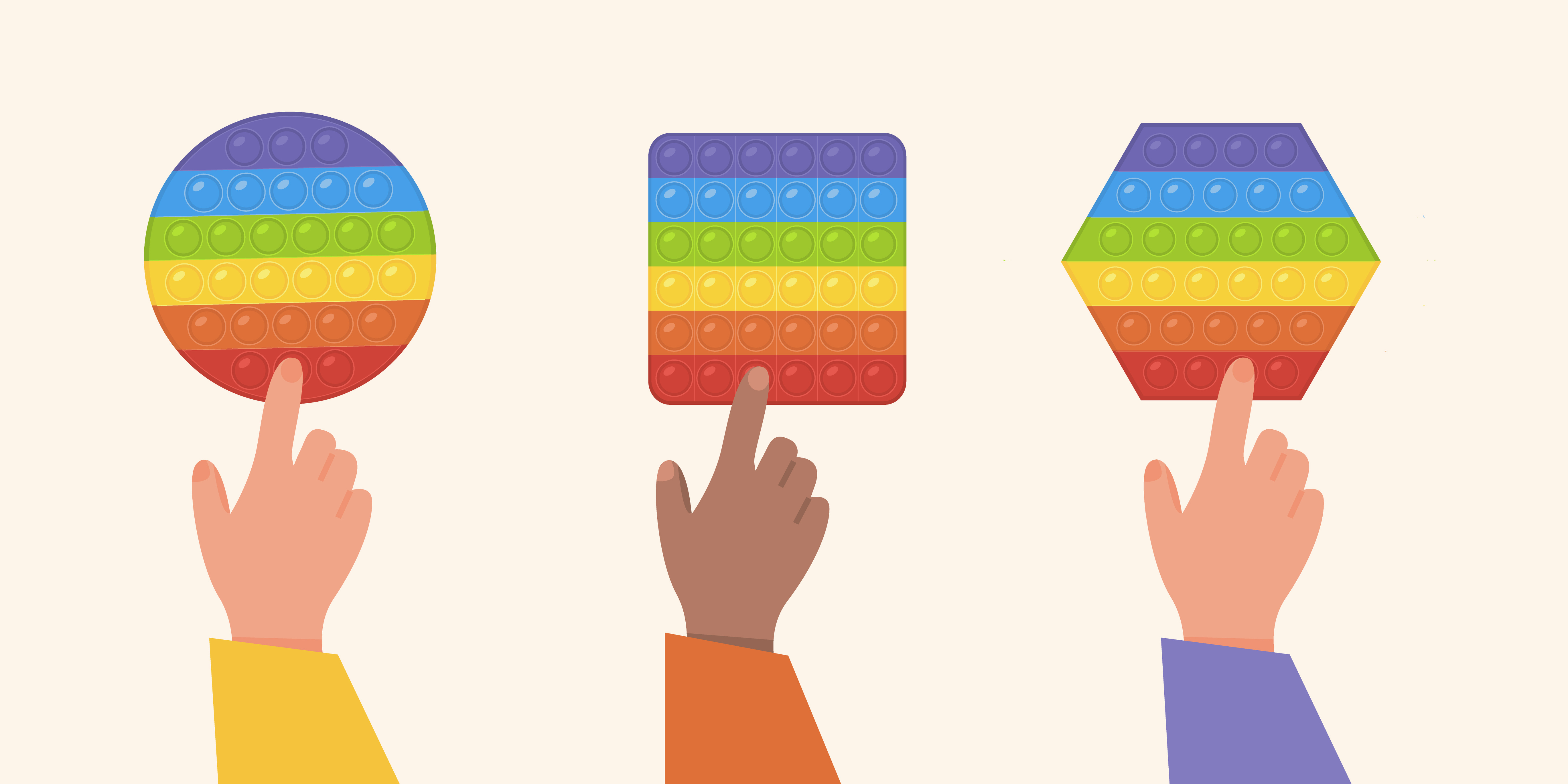Author: cheqdin
Published Date: July 28, 2021
Any activity that stimulates a child’s senses can be referred to as sensory play. From splashing their hands during bath time to feeling different textures in a “touch and feel” book. These activities are meant to be fun for the children while helping forge stronger connections in their brains.
Children can create a context for sounds or textures they come across during sensory play and learn what each one is and how to respond or not respond to them. These activities introduce children to their world in a safe and fun way while promoting healthy childhood development.
How Can Sensory Play Benefit Brain Development?
Children’s brains grow pretty fast during their initial years of life, and parents can further enhance their development by having them safely explore their world through their senses. Some of the most important benefits of sensory play include:
- Development of Fine and Gross Motor Skills
- Problem-Solving Skills
- Social Interaction
- Language Development
Preventing Picky Eating in Children with Sensory Play
Children can develop a picky eating habit, this being more common among children with SPD (Sensory Processing Disorder). By introducing them to sensory play, you can reduce the tendency for it to happen.
Letting your child enjoy activities like helping to cook can allow them to explore new food textures and tastes. Even letting them paint with spices to get familiar with their look and smell in a positive context.
Creating a Designated Sensory Play Space at Home
Designate an indoor space for sensory play with:
- Busy boards (toys with knobs, dials, buttons, etc.)
- Touch and feel books
- Simple puzzles
- Play-Doh
- Building blocks
- Bristle blocks
- Fidget cubes
- Sensory table
- Sensory bins
Or designate an outdoor sensory play area with a:
- Swing
- Slide
- Sandbox
- Toddler gardening ‘tools’
- Baby pool
- Colourful sidewalk chalk
- T-ball set
It is important always to be careful when allowing your little one to play with small objects, around water or when using the many different household items they can to engage in sensory play.
Sensory Play Activities Using Things You Already Have at Home
Our homes are full of various sensory items and DIY Toys that can be used during sensory playtime with your child. These are just a few of the many activities to get started with sensory play:
Pasta Pictures
Pasta is available in all varieties of shapes and sizes. All you want are a few one-of-a-kind pasta shapes consisting of macaroni, cavatappi, rotini, and a few construction papers and non-toxic paste. Encourage your kid to stick the pasta to create images like a circle, a square, or maybe more complicated ones you hint for them, like a star or a heart.
Salt Dough Ornaments
No Play-Doh? No problem. Using a mixture of flour, water, and salt, you could whip up a batch of salt dough to create amusing seasonal decorations. Children will have fun by squishing the dough, rolling it, and forming it into shapes using their fingers or cookie cutters. Once you’ve baked the decorations, so they hardened, you and your youngsters can paint them with small pom poms, ribbon, or different odds and ends.
Sensory Bin
Create a sensory bin with different items and leave it out for daily stimulation. Provide plastic measuring cups and other tools for children to touch and explore on their own. You can swap in new items to keep them interesting. Here are some examples:
- Dry beans
- Edible sand
- Little toys
- Rice
- Cotton balls
- Shredded pieces of paper
Tea Party
Unless you’re having high tea with the queen, you don’t need a formal tea service to have a tea party. Plastic cups, some water, and a plate filled with cookies or apple slices will do just fine. The key is to let your child do the hosting. That means it’s their job to fill and refill your glass with ‘tea.’ It’s their job to serve your cookie.
Pots and Pans Band
Pots and pans, of course, make great drums. But there are many items around your house that children can use to make sounds. You can hand them a couple of spoons and allow them to make ‘music’ on the kitchen floor using items like pots, plastic colanders, boxes, and more.
Engage your children in sensory play by utilizing some of these ideas we’ve shared, and prepare to enjoy the great time you will have as you bond with your children through these different activities.


